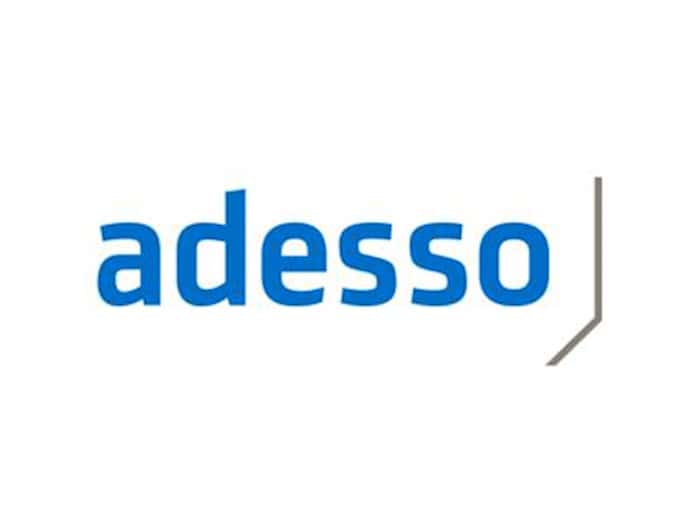
Artificial intelligence opens up new ways of using internal knowledge resources
The sensible use of internal knowledge resources is an ongoing topic. There is often talk of a “hidden treasure trove of data” that needs to be unearthed. However, different file formats, opaque filing systems and inadequate indexing make it just as difficult to access information as silo thinking, unclean processes, complex organizational charts or parallel data storage. The resulting problems are all too familiar: Teams unknowingly work on the same task in parallel, projects take longer than necessary and results fall short of expectations. The search for knowledge costs companies a lot of time and money, which they are usually unable to quantify due to a lack of transparency.
Thanks to artificial intelligence (AI), light is now being shed on this chronic data darkness. To be more precise: with the help of generative AI, company-specific EnterpriseGPT systems take on the challenging task of making the internal data treasure accessible, preparing it, making it available in a targeted manner and thus raising internal company data processing to a new level. adesso explains the three typical phases in setting up such a system:
1. Setting up an internal AI chatbot:
In a first step, a separate internal AI chatbot is developed. This avoids the data protection problems associated with the use of external AI chat systems. Company-critical information does not leave the boundaries of the company’s IT, not even for the training of LLMs. Instead of sending the data to the provider, language models are used that are available for internal use as software-as-a-service from various providers, including Google, Microsoft or Aleph Alpha, for example.
2. Expansion into a “domain knowledge agent”:
Building your own internal AI chatbot first also has the advantage that the models can be trained with your own practical data such as documentation, protocols, presentations or manuals, i.e. based on the internal knowledge base. The company-specific knowledge is prepared in the form of domain knowledge agents for different knowledge areas and user groups. Appropriate authorization management ensures that the relevant information is only accessible to the intended users. Typical examples of domain knowledge agents include clearly summarizing and classifying internal research projects or answering frequently asked questions during employee onboarding in natural language.
3. Development of “process agents”:
While domain knowledge agents answer specific questions and provide references, process agents take the next step towards automation. For example, a process agent can independently handle the dispatching of inquiries to IT or create a quotation form based on a customer presentation and then make it available in the CRM. However, this advanced automation of workflows places high demands on IT processes and requires deeper integration of the system into the company’s IT landscape.
“The potential of EnterpriseGPTs is enormous,” explains Benedikt Bonnmann, member of the Executive Board and responsible for the AI business at adesso SE. “They can make internal knowledge accessible in new ways, while at the same time ensuring sovereignty over your own data and finally solving problems that companies have been carrying around for far too long.”
– – – – – –
Further links
👉 www.adesso.de
Photo: pixabay




